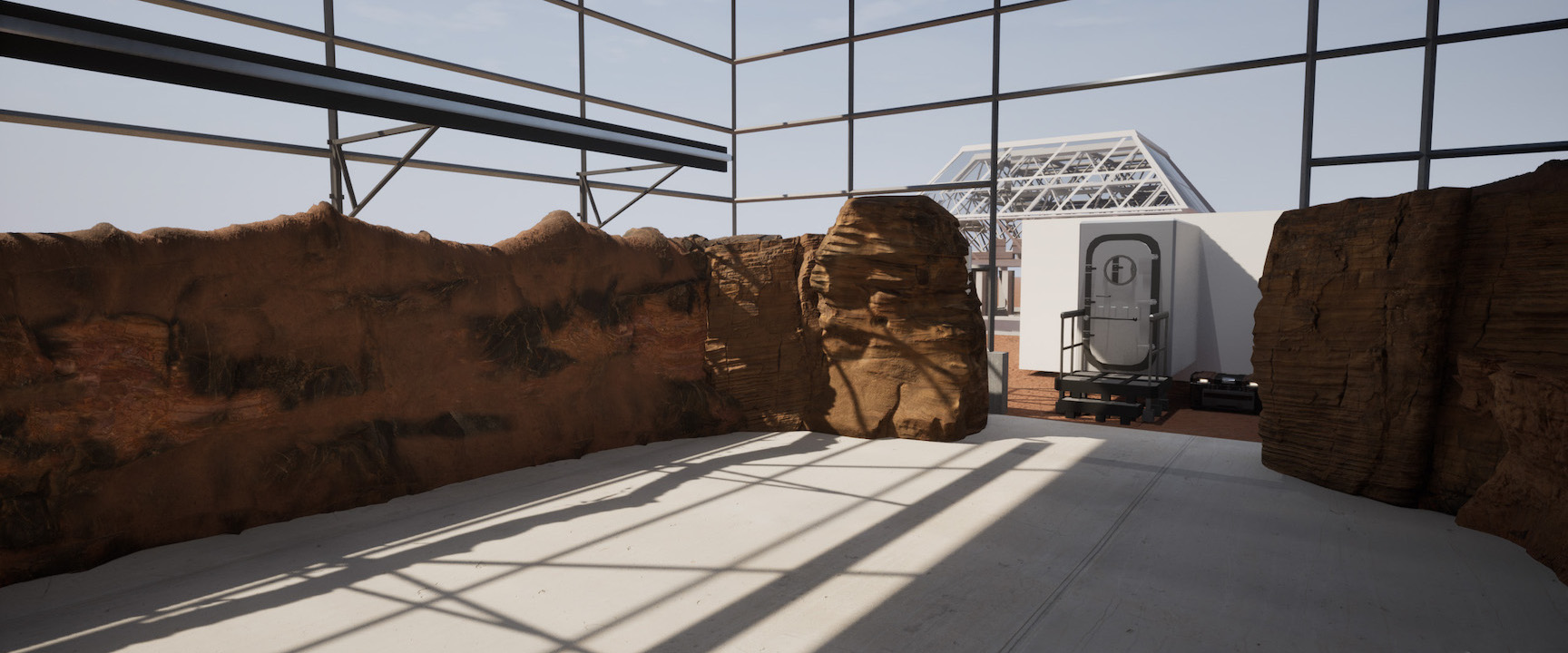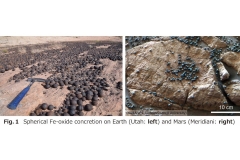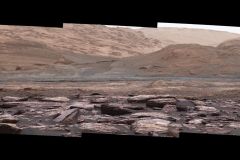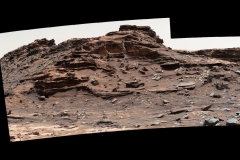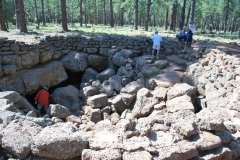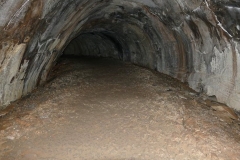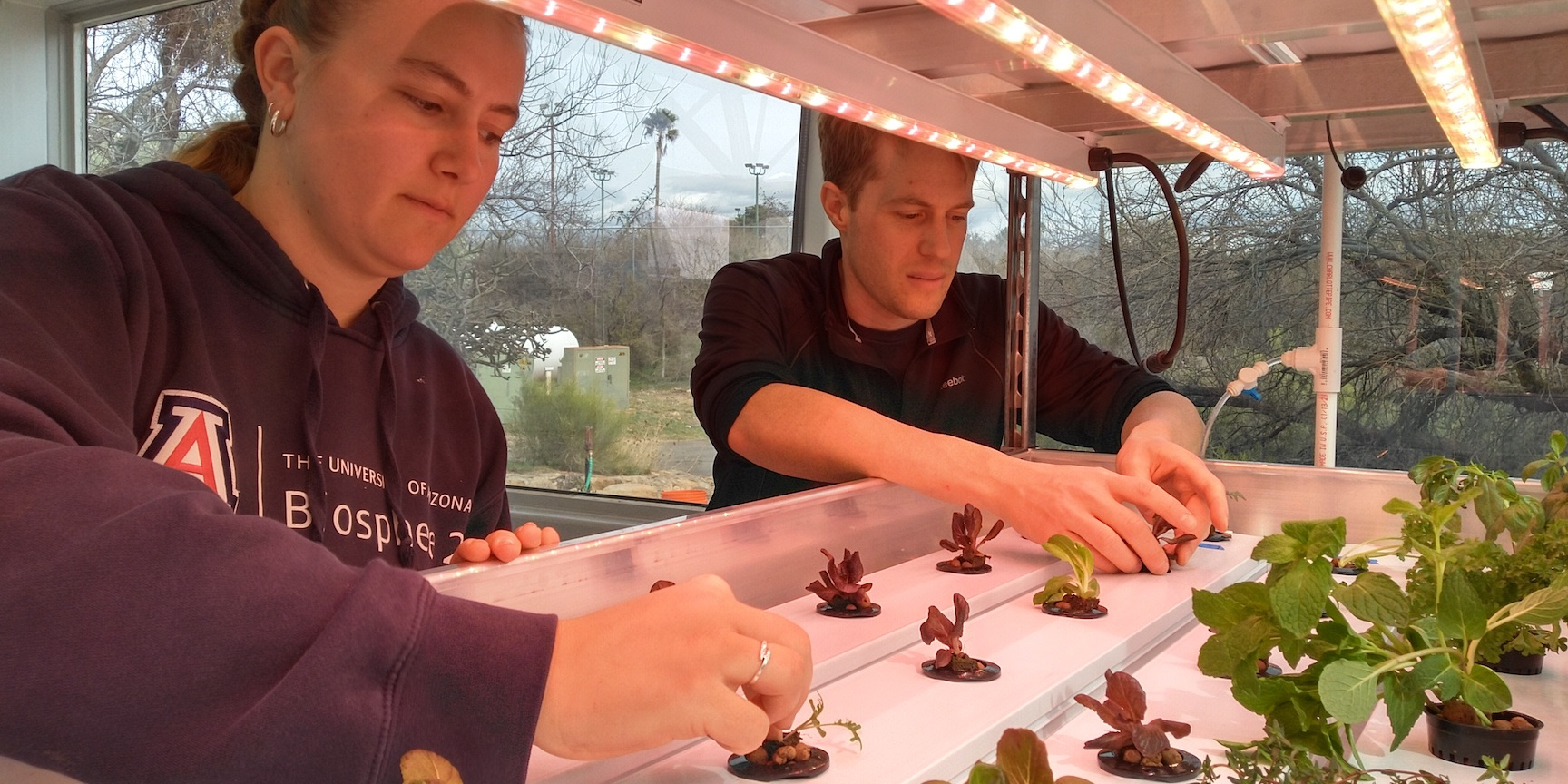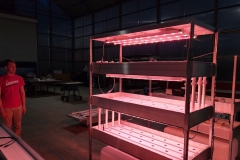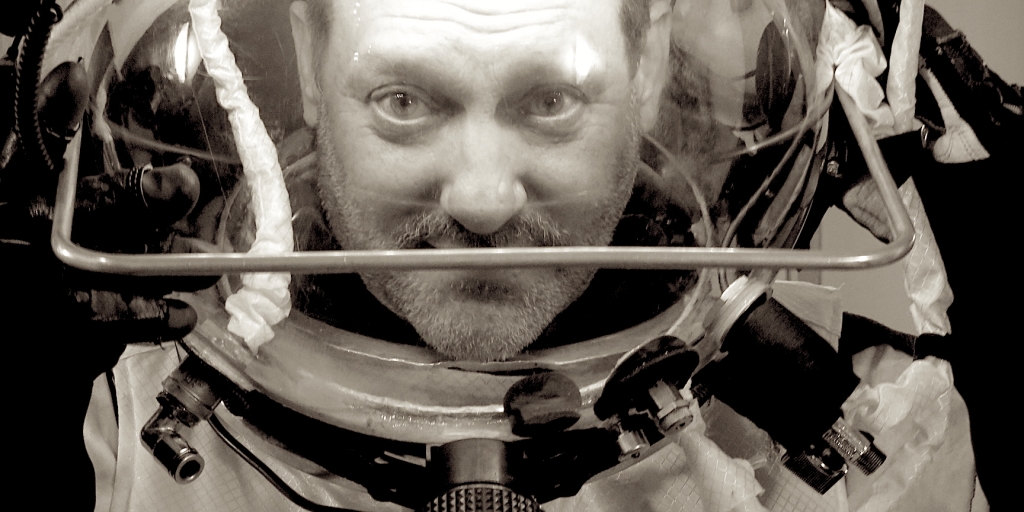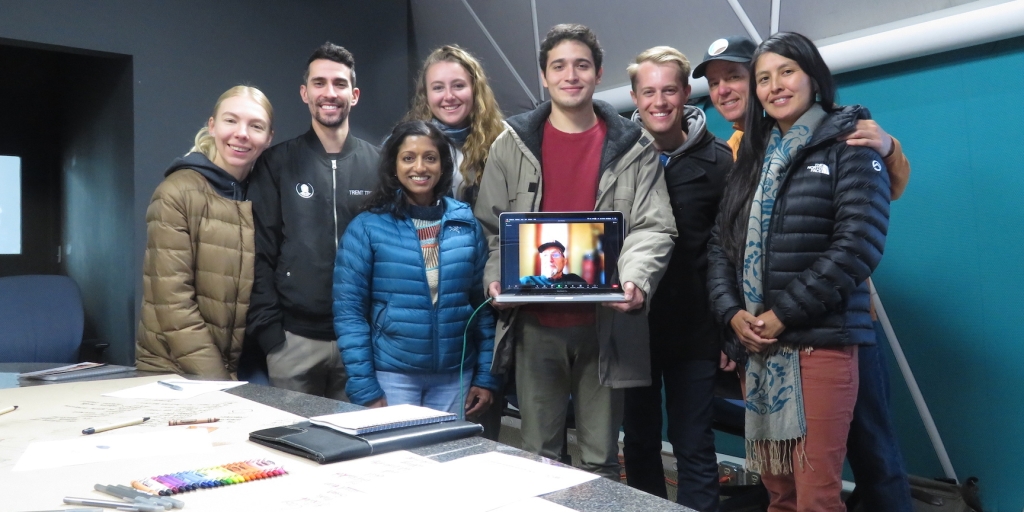An update from Milan, Italy
Last week SAM team members Kai Staats, Bindhu Oommen, Matthias Beach, Ezio Melotti, and Trent Tresch attended the International Astronautical Congress (IAC 2024) in Milan, Italy. Kai presented a paper titled “A Reduced Gravity Simulator at the Space Analog for the Moon & Mars (SAM) Terrestrial Habitat Analog at Biosphere 2” and Bindhu presented a paper titled “The Space Analog for the Moon and Mars (SAM): a hermetically-sealed and pressurized terrestrial analog station and research facility, from inception to crewed analog missions and beyond.”
This week the team ventured overland from Milan to Innsbruck, Austria to meet with Dr. Gernot Grömer, president of the Austrian Space Forum (OeWF) wherein they enjoyed a hands-on introduction to their reduced gravity simulator and renowned analog space suit program. The teams explored potential, near-future collaborations and alignment of resources as they each work to support the AAC World’s Biggest Analog.
Once team members are returned to the US and settled in, several overdue updates to this website will be conducted.


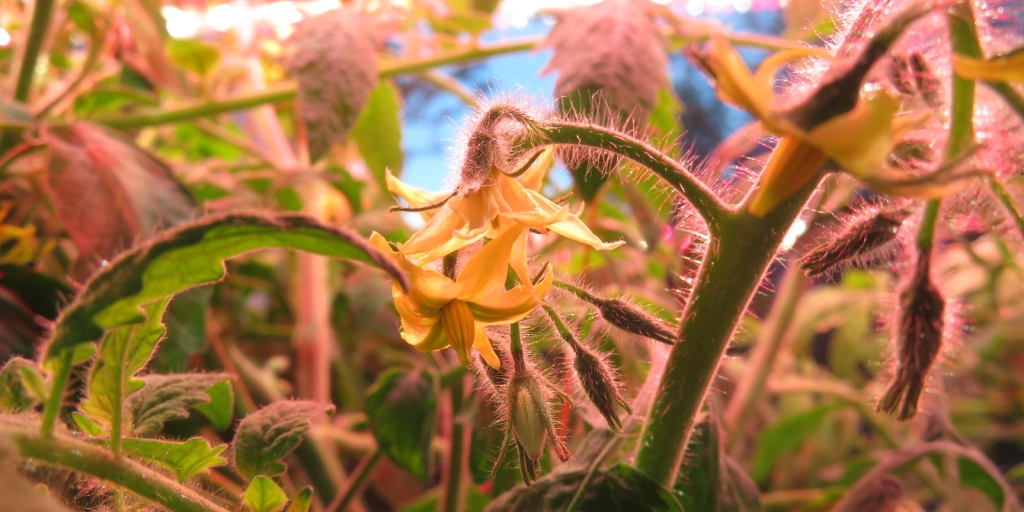
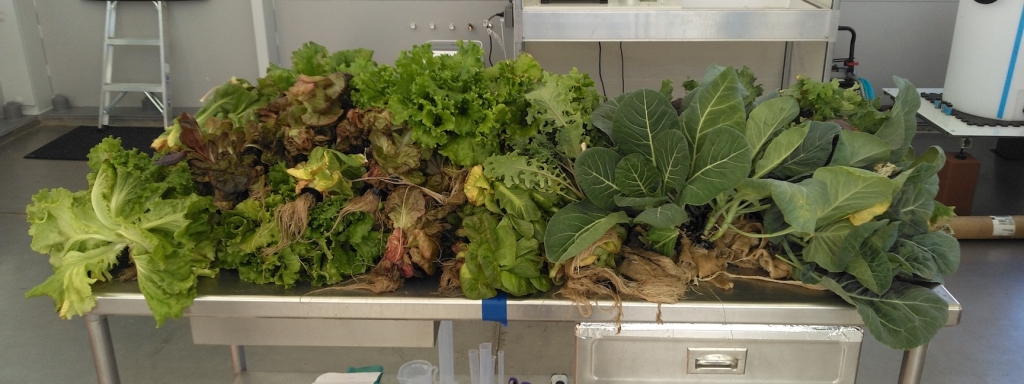
 There are times when a narrative is a necessary companion to a photo. There are times when a photo is worth a thousand words. And then there are times when you scratch your head and wonder …
There are times when a narrative is a necessary companion to a photo. There are times when a photo is worth a thousand words. And then there are times when you scratch your head and wonder …